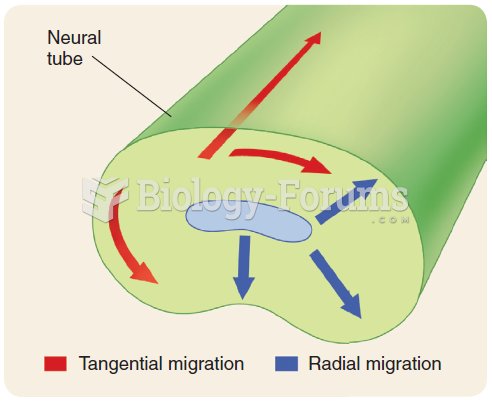Answer to Question 1
Answer: A major problem in trying to separate heredity and environment is that they are often correlated. According to the concept of geneenvironment correlation, our genes influence the environments to which we are exposed. At younger ages, two types of geneenvironment correlation are common. In passive correlation, the child has no control over the connection. Parents provide environments influenced by their own heredity. For example, musically inclined parents enroll their children in music lessons. In evocative correlation, children evoke responses that are influenced by the childs heredity, and these responses strengthen the childs original style. For example, a cooperative, attentive child is likely to receive more patient and sensitive interactions from parents than an inattentive, distractible child. At older ages, active correlation becomes common. Children seek environments that fit with their genetic tendencies. For example, the musically talented child joins the school choir. Niche-picking is the tendency to actively choose environments that complement our heredity. Infants and young children cannot do much niche-picking because adults select environments for them. However, older children, adolescents, and adults are increasingly in charge of their environments.
Answer to Question 2
Answer: Kinship studies compare the characteristics of family members. The most common type of kinship study compares identical twins, who share all their genes, with fraternal twins, who, on average, share only half. If people who are genetically more alike are also more similar in intelligence and personality, then the researcher assumes that heredity plays an important role. Kinship studies are used in the field of developmental science to help determine which traits and behaviors have a genetic link. For example, kinship studies of intelligence provide some of the most controversial findings in the field. Some experts claim a strong genetic influence, whereas others believe that heredity is barely involved. Currently, most kinship findings support a moderate role for heredity. Heritability research also reveals that genetic factors are important in personality. Unlike intelligence, however, heritability of personality does not increase over the lifespan. Finally, kinship studies can offer information about the role of heredity in psychological disorders, antisocial behavior, and depression.







